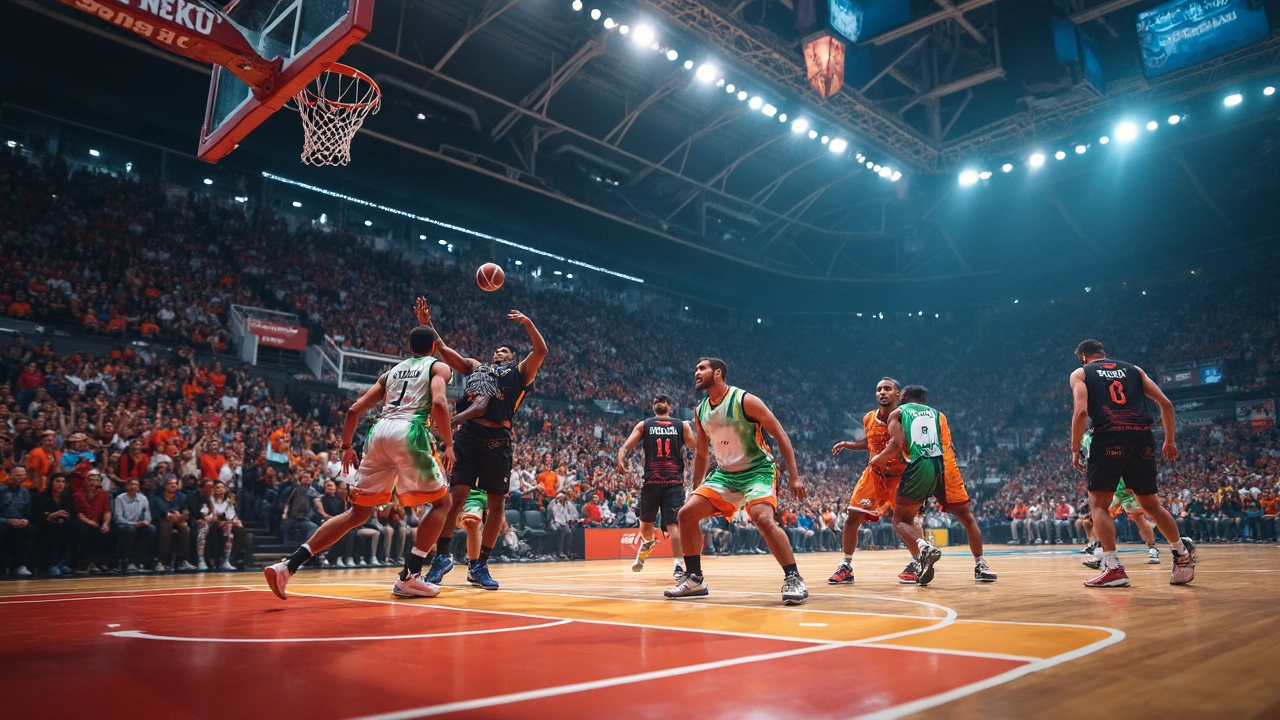Understanding League Level: The Basics Every Fan Should Know
If you’ve ever wondered why some teams jump up to a higher division while others stay stuck at the bottom, the answer lies in the league level. A league level is simply the rank or tier a competition sits in within a sport’s overall system. Think of it as a school ladder – you start in elementary, move to middle, then high school. In sports, each step up usually means tougher opponents, bigger crowds, and more money.
What is a League Level?
Every sport that has multiple divisions uses a league level to separate teams based on performance. The top tier – often called the premier league, first division, or elite level – houses the strongest clubs. Below that, you have second, third, and sometimes even fourth levels. Each level follows its own schedule, rules for promotion (moving up) and relegation (dropping down), and sometimes different financial rules.
Promotion and relegation keep the competition fresh. If a team wins most of its games in the second level, it earns a spot in the first level for the next season. On the flip side, a team that finishes at the bottom of the top level gets knocked down a tier. This system rewards success and punishes prolonged poor performance, which is why fans love the drama of end‑of‑season battles.
Why League Levels Matter to Fans and Players
For fans, league level decides the quality of matches you’ll see. Top‑level games feature star athletes, high‑tech stadiums, and worldwide broadcasting. Lower levels might have local talent and a more intimate atmosphere, but they also offer a chance to discover future stars before they hit the big stage.
Players feel the impact too. Being in a higher league usually means better contracts, more exposure, and stronger competition that pushes you to improve. Conversely, playing in a lower tier can be a stepping stone – many great athletes start in the third division and work their way up.
From a business standpoint, league level affects sponsorship deals, ticket prices, and TV rights. Companies want their brand attached to the highest‑visibility games, so teams in the top tier attract bigger sponsors. That money trickles down to better training facilities, youth academies, and community programs.
Understanding league level also clears up confusion when you hear terms like “division,” “conference,” or “conference champion.” Those words often describe the same concept: a group of teams that compete at a similar level within a larger league system.
In short, league level isn’t just a label – it’s the backbone of how sports stay competitive, fair, and exciting. Whether you’re a casual viewer wondering why your hometown club keeps moving up and down, or a budding athlete aiming for the big leagues, knowing how league levels work gives you a clearer picture of the game’s landscape.
Got a specific sport in mind? Most major sports – football (soccer), basketball, hockey, rugby – use similar tiered structures, though the names differ. Look up the league hierarchy for your favorite sport, follow the promotion tables, and you’ll never miss a crucial match again.
Now that you’ve got the basics, you can talk shop with other fans, predict which teams might climb next season, and appreciate the stakes behind every win and loss. That’s the real power of understanding league level.
